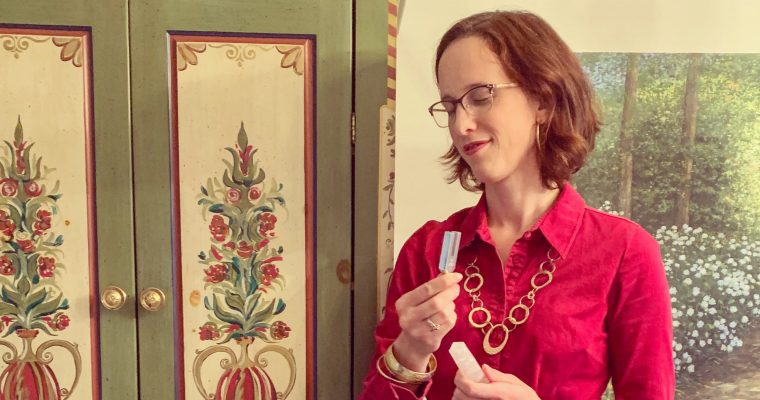Spring is finally here, and with spring comes Spring Cleaning, or as I prefer “Spring Clearing.” I hope you are inspired clear space for joy and tidy your whole home this spring. An intensive tidying marathon is sure to generate a large volume of discarded items.
An older friend recently came to me for decluttering advice, about how to get rid of unwanted items in her home. The advice I shared with her is the same I will share with you:
Get unwanted items out of your home as quickly as possible.
It’s understandable that you want to find a good home for your items. Believe me, I feel this way as well, but I urge you not to hold on to something because of your desire to pass it to a worthy individual or organization. Please do not allow your discards to sit in a pile on the floor of your home, not being used, and not sparking any joy. I have been guilty of this, and I have had clients guilty of this. Wisely learn from our mistakes, and let go as quickly as possible, releasing the burden of unwanted stuff from your shoulders.
The easiest way to get rid of your unwanted items is to find a charity or thrift store in your area that accepts a wide variety of donations. Do it as soon as possible! I love St. Vincent de Paul as a place to take donations. They accept many different kinds of items, you can drop off most of your discards here in one fell swoop, and they are one of many non-profit organizations who do a lot of good in our community. Woo hoo!!
 Believe it or not, even though my tidying marathon is complete, I frequent find more things to donate. My children keep growing and I keep honing what brings me joy. In our home, we have a designated place for storing discards that is out of the way. I get regular emails from Charity Clothing Pickup telling me they will have a truck in my area, and I sign up for a pickup whenever I need one. Then, I put the items on my porch the night before they arrive. It’s super easy!
Believe it or not, even though my tidying marathon is complete, I frequent find more things to donate. My children keep growing and I keep honing what brings me joy. In our home, we have a designated place for storing discards that is out of the way. I get regular emails from Charity Clothing Pickup telling me they will have a truck in my area, and I sign up for a pickup whenever I need one. Then, I put the items on my porch the night before they arrive. It’s super easy!
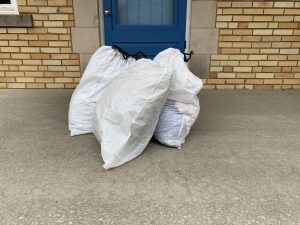
Here’s a list of places to call to pick up your donations in St. Louis. As always, when you discard items, let them go with gratitude. The recipients of your donations feel grateful for your generosity.
Happy Tidying!
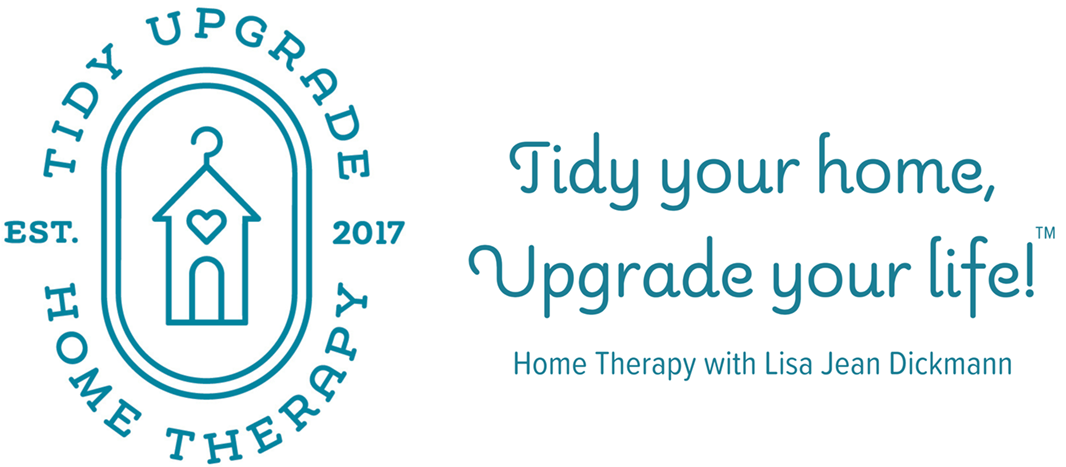


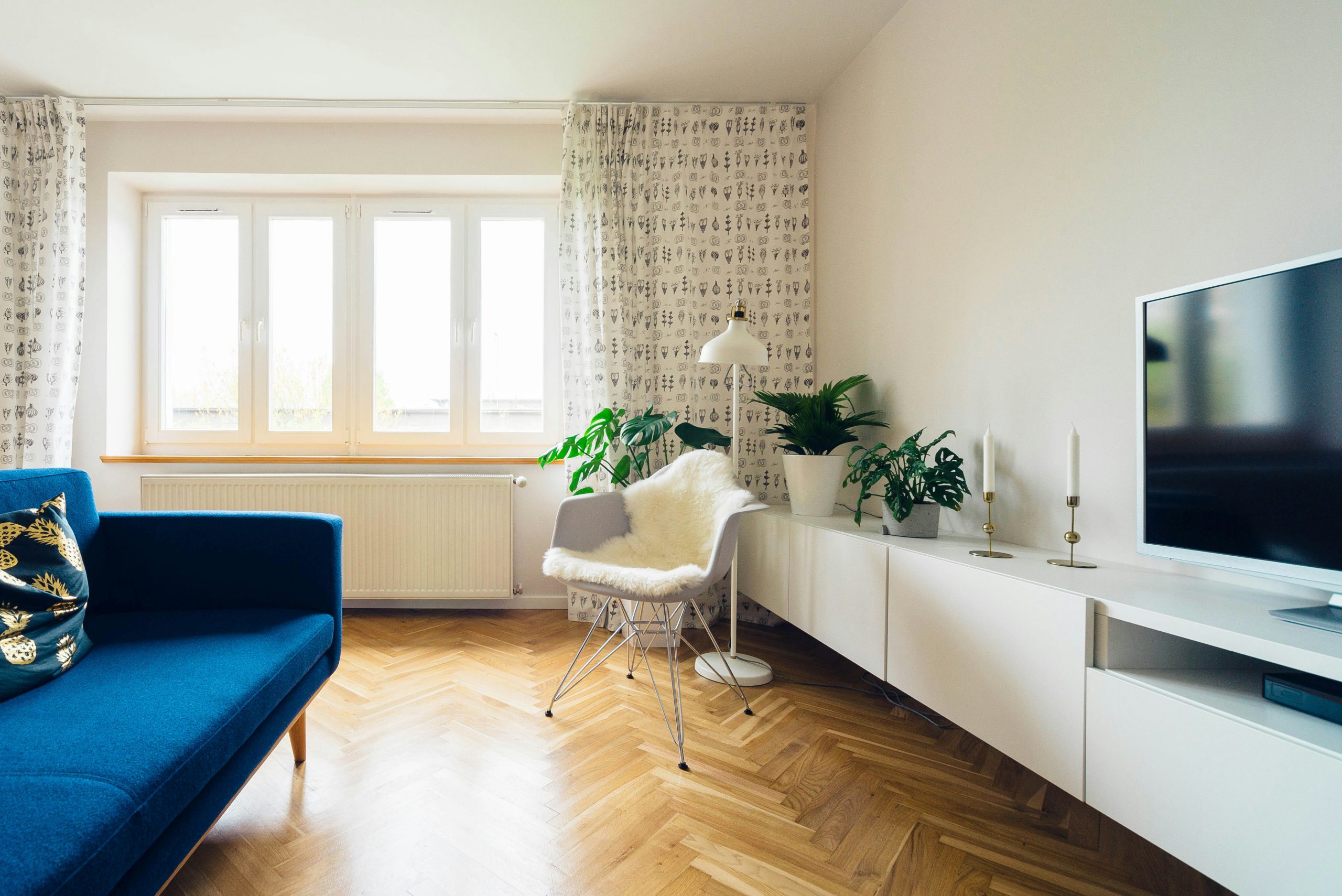
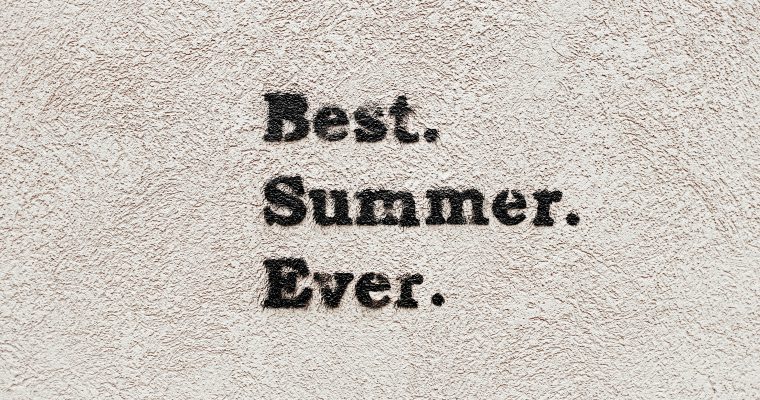
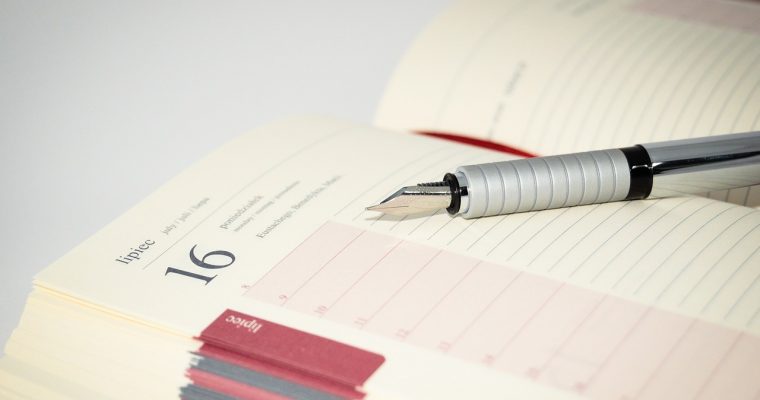
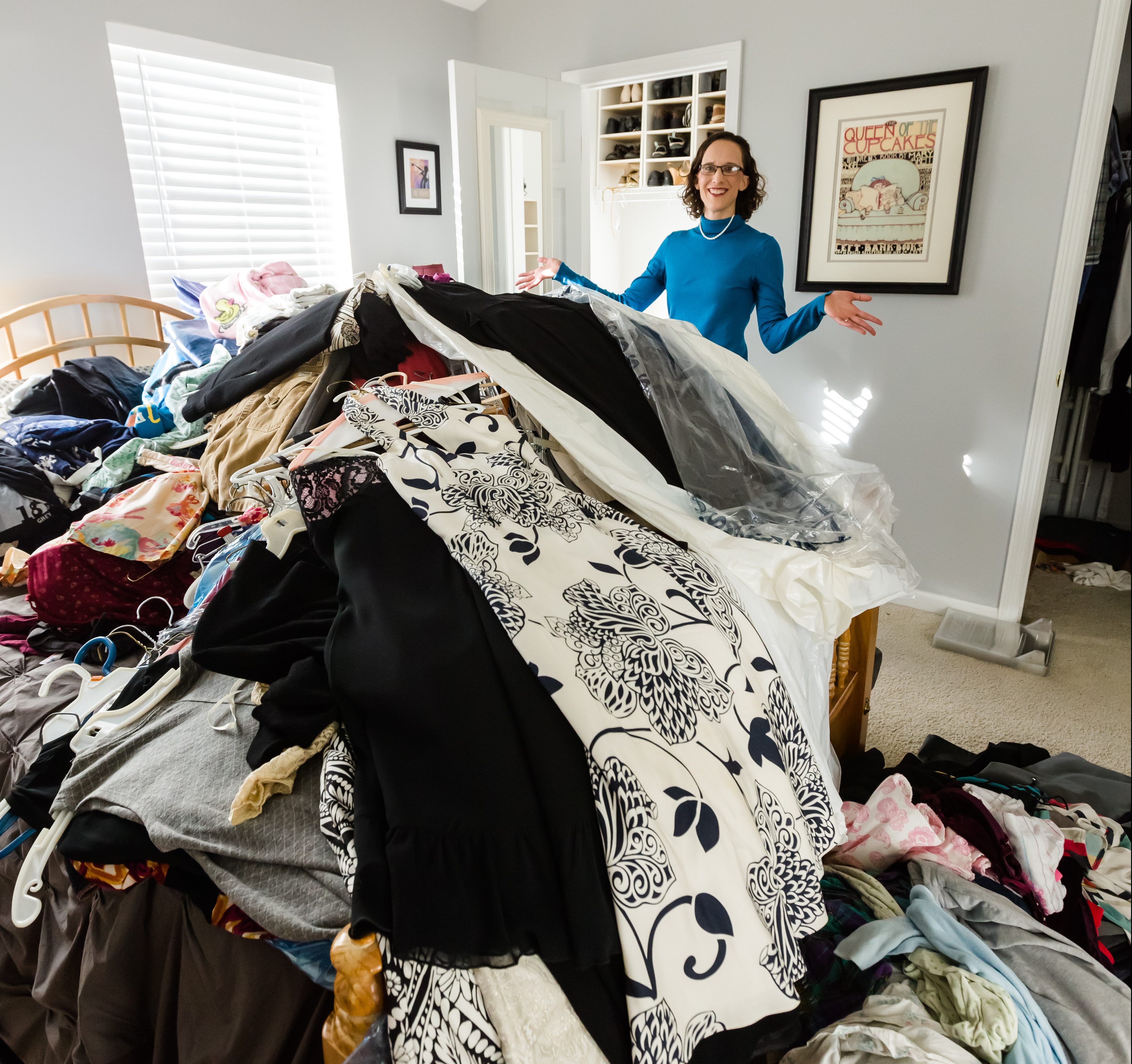
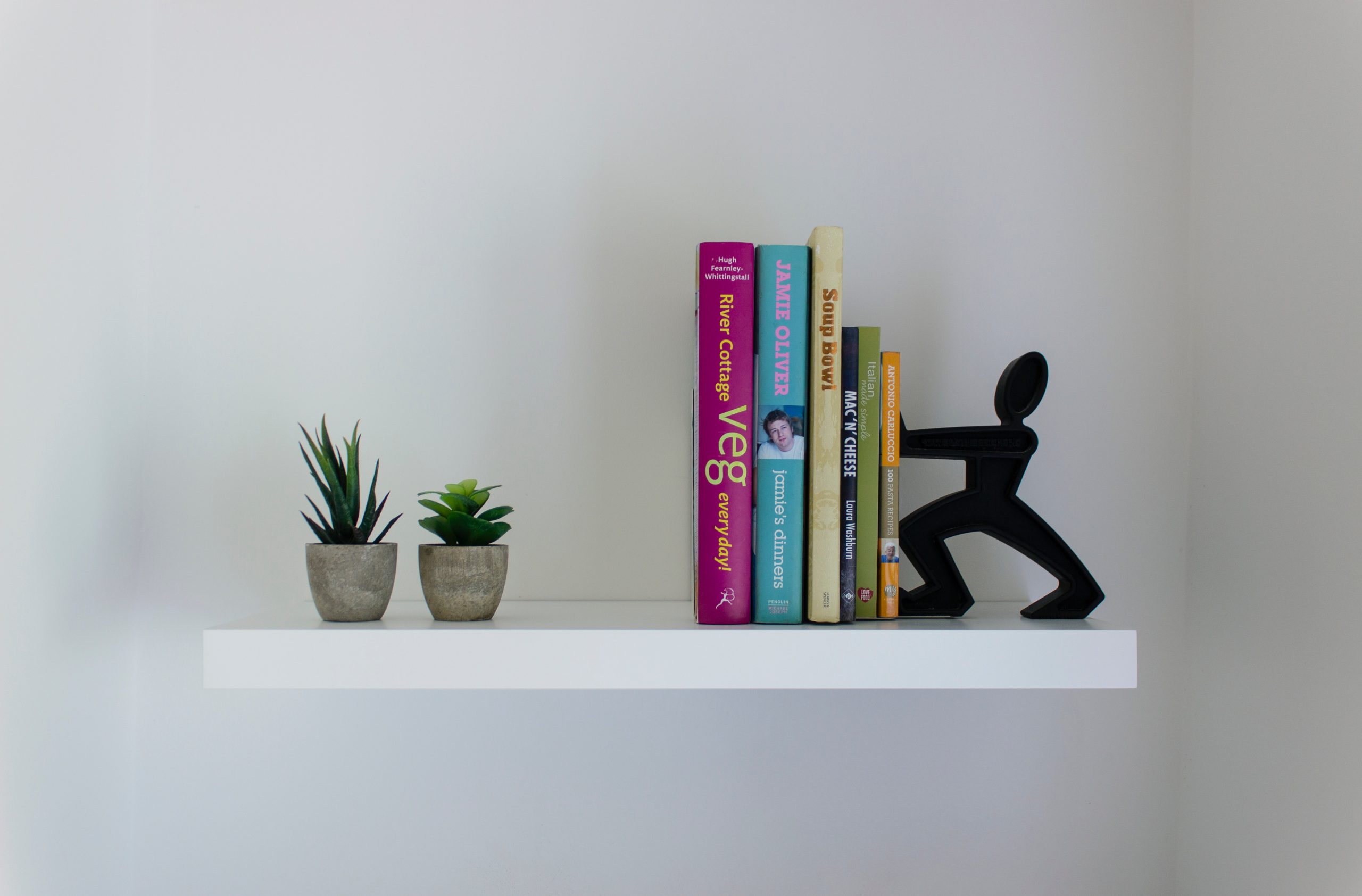
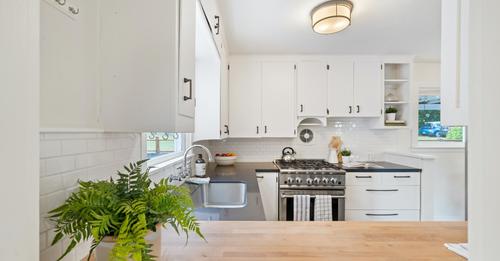

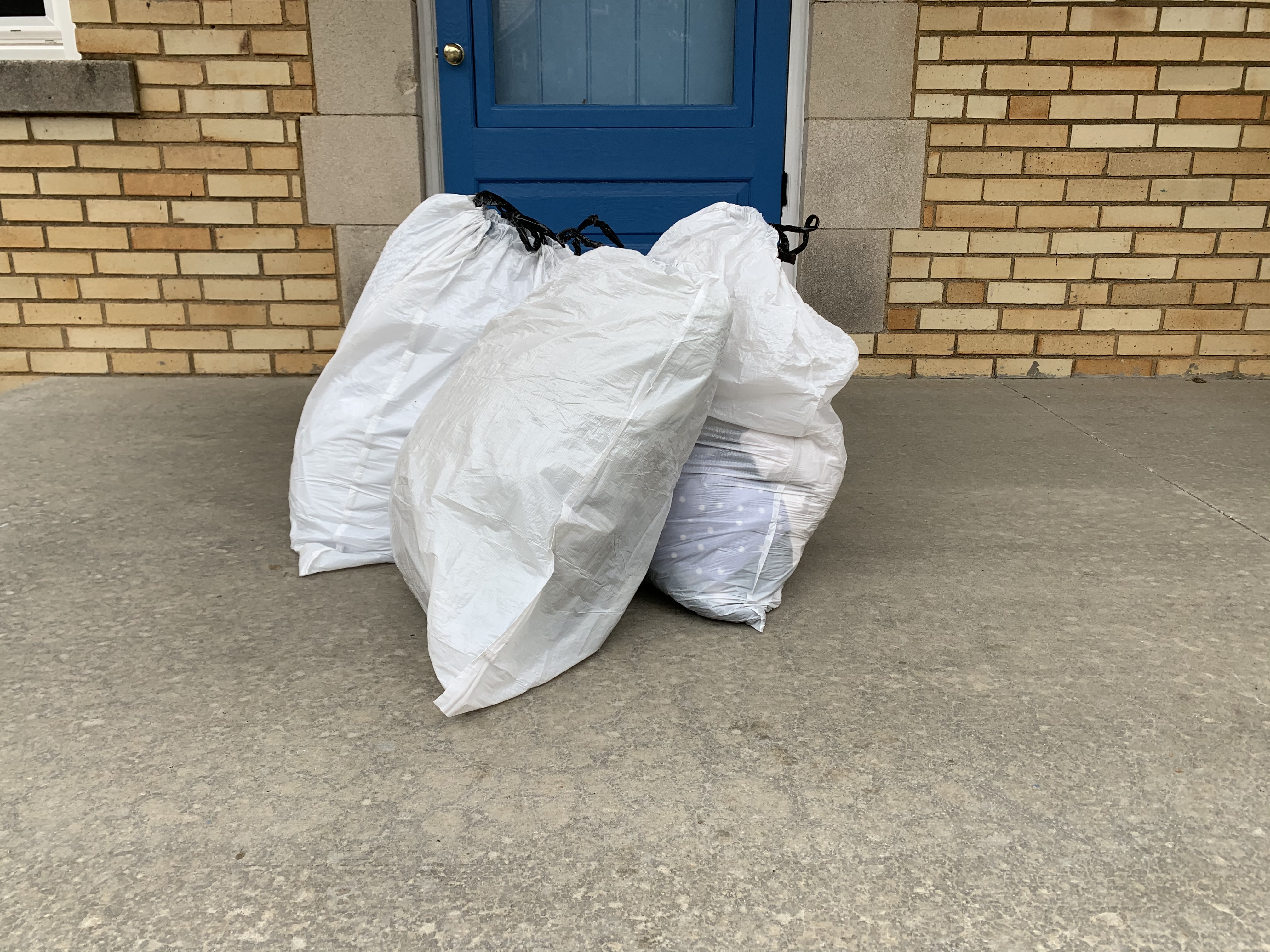

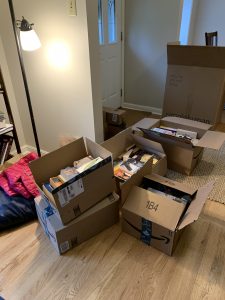
 Believe it or not, even though my tidying marathon is complete, I frequent find more things to donate. My children keep growing and I keep honing what brings me joy. In our home, we have a designated place for storing discards that is out of the way. I get regular emails from
Believe it or not, even though my tidying marathon is complete, I frequent find more things to donate. My children keep growing and I keep honing what brings me joy. In our home, we have a designated place for storing discards that is out of the way. I get regular emails from 
